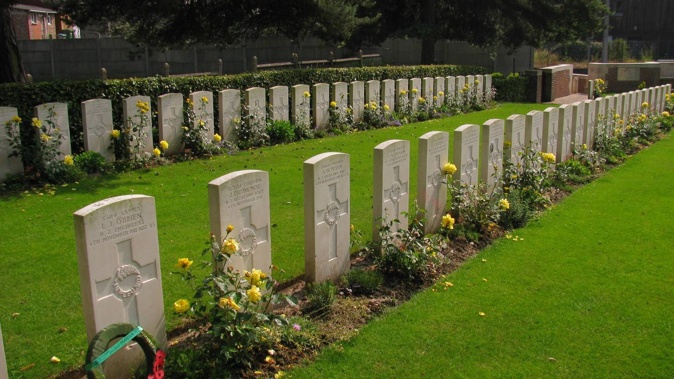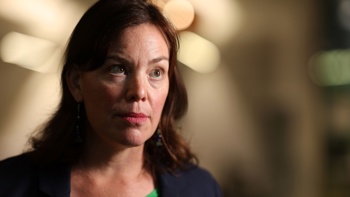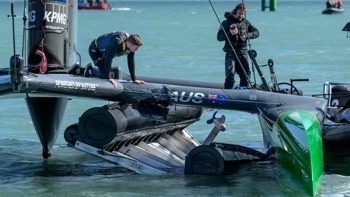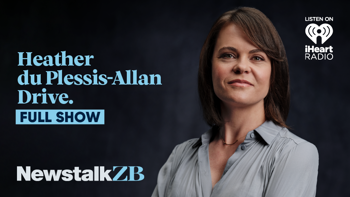
A museum celebrating a unique wartime connection between New Zealand and France has finally come to fruition.
Te Arawhata – New Zealand Liberation Museum – was officially opened this week in the French town of Le Quesnoy.
The town was liberated by Kiwi soldiers on November 4, 1918, after four years of German occupation.
Sir Don McKinnon, chairman of the New Zealand Memorial Museum Trust – Le Quesnoy, said the museum was a way to honour the event.
The project had been a “labour of love” he told The Country’s Jamie Mackay.
“I’m certainly relieved that we got there … I was determined to do something in this town many years ago.”
McKinnon said the museum plan started “actively” around 2014, when Le Quesnoy’s new mayor, Marie-Sophie Lesne, was elected.
Lesne was “very keen” on the idea, he said.
The combination of her enthusiasm, along with convincing “a lot of really good New Zealanders” that the project was worth sponsoring, made sure Te Arawhata became a reality, he said.
The citizens of Le Quesoy were finally freed by the New Zealand Division, with soldiers using ladders to scale the walls that surrounded the town.
This unique rescue method gave the museum its name, as Te Arawhata means ladder, McKinnon explained.
It also ensured no civilians, sheltering in basements, lost their lives.
“They were told ‘don’t bomb the town please’ because there were too many civilians in it,” McKinnon said.
“They surrounded the town, they put a lot of black smoke into the town, they climbed up ladders to get into the town, over the ramparts, and the German soldiers surrendered.”
When civilians finally emerged from their shelters they were “so surprised” to see soldiers “from the uttermost ends of the earth” McKinnon said.
One hundred and thirty-five Kiwi soldiers lost their lives during the liberation and are buried in the cemetery in Le Quesnoy.
The war ended three days later.
McKinnon said the people of Le Quesnoy have never forgotten the sacrifices made by those soldiers 105 years ago.
“They still commemorate twice a year, thanking New Zealand for what we did in 1918.”
Hundreds of Kiwis travelled to Le Quesnoy to celebrate the opening of the museum on Wednesday (NZT), with former governor-general of New Zealand and former soldier Sir Jerry Mateparae and Marie-Sophie Lesne, the Mayor of Le Quesnoy, doing the official opening.
Also in attendance were Waipā Mayor Susan O’Regan and Deputy Mayor Liz Stowyk, because Cambridge is a sister city of Le Quesnoy.
Other dignitaries included Vice Admiral Sir Tim Laurence (husband to Anne, The Princess Royal), chairwoman of New Zealand Rugby Dame Patsy Reddy, Sir Don McKinnon and Lady McKinnon Clare de Lore, Sir Lockwood Smith and Lady Alexandra Smith, chairman of Wētā Workshop George Hickton, Andrew Thomas senior creative director Wētā Workshop, Tararua mayor Tracey Collis, Palmerston North mayor Grant Smith, Lindsay Foundation founding partners Brendan and Jo Lindsay and national president of the NZ RSA Sir Wayne ‘Buck’ Shelford.
Also in today’s interview: McKinnon talked about Sir Richard Taylor, chief executive and creative director of Weta Workshop, who was responsible for curating the museum.
Take your Radio, Podcasts and Music with you









